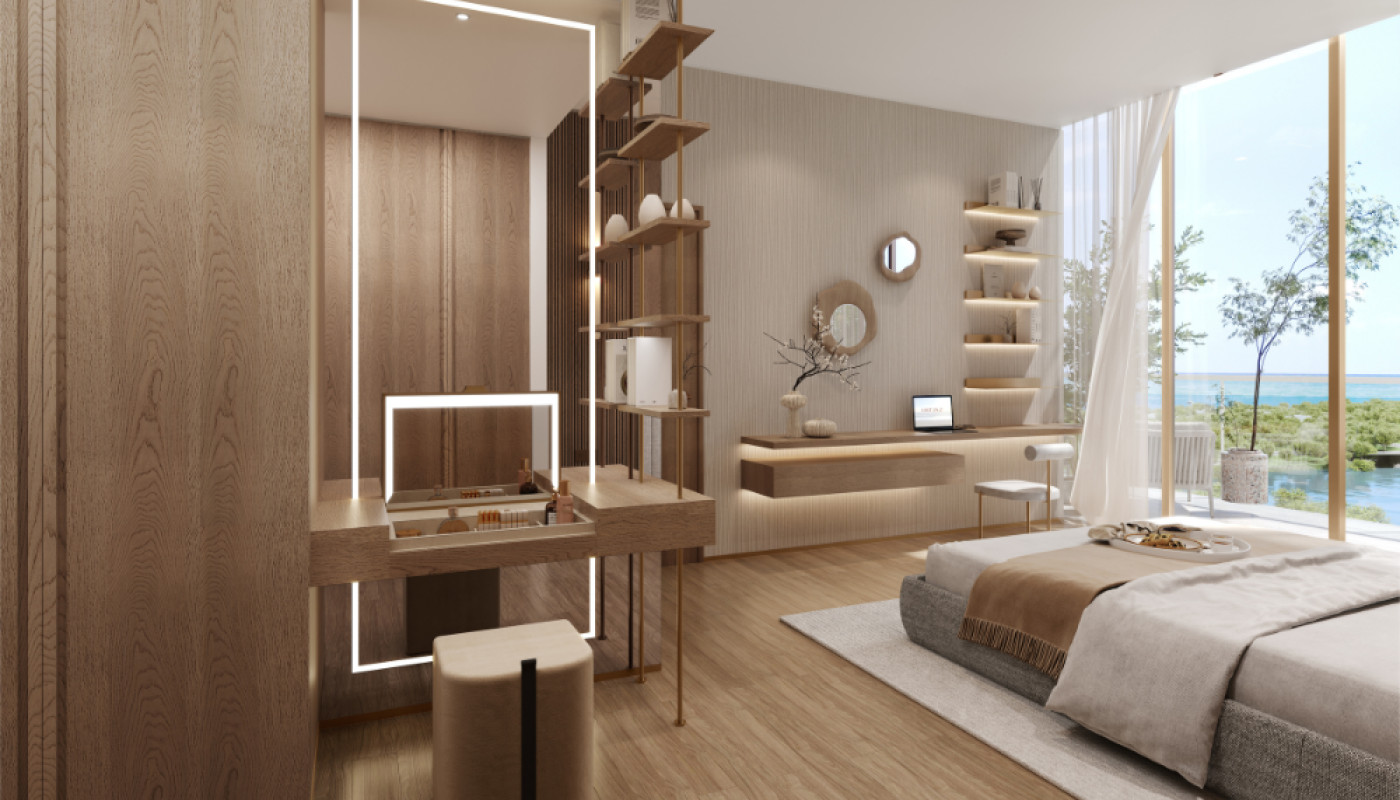Table of contents
In a world where consumption often takes precedence, the concept of minimalism offers a refreshing alternative. This practice transcends beyond simply decluttering your possessions; it's about creating more room for what truly matters. The philosophy of 'less is more' embodies an intentional choice to live with fewer material belongings in pursuit of greater peace and freedom. Our spaces play an integral role in shaping our mood, productivity and overall well-being. By embracing minimalism, we can transform these environments into serene sanctuaries that inspire creativity and joy rather than stress or distraction.
The Principles of Minimalistic Design
Underlying the concept of minimalist design are a set of foundational principles that guide the transformation of spaces into serene and efficient areas. One such principle is the ideology of function over form. This tenet emphasizes the importance of prioritizing the usefulness and practicality of an item over its aesthetic appeal. The objective is to reduce unnecessary clutter and allow only those elements that serve a specific purpose.
Another pivotal principle of minimalist design principles is simplicity. It is a conscious effort to strip away excess, focusing only on the essentials. This results in designs that are sleek, clean, and uncluttered. The aim is to create a space that is easy to navigate and brings peace to its inhabitants.
The purposeful use of space is also a major tenet of minimalism. Every inch of space should be thoughtfully utilized, with an intention to prevent waste and encourage efficiency. This principle promotes the creation of clutter-free spaces that are not only aesthetically pleasing but also functional.
Bringing all these principles together can help transform any space into a minimalist haven. It is this approach, this emphasis on less being more, that has allowed minimalism to revolutionize modern interior design.
Benefits of Minimalism for Mental Well-being
The practice of minimalism carries a multitude of advantages, notably contributing to improved mental health. The stripping down of unnecessary objects not only declutters physical spaces but also our minds. The minimalism benefits are far-reaching, with effects such as reduced anxiety and improved focus coming to the fore.
Studies reveal that a cluttered environment can significantly enhance stress and anxiety levels. By adopting a minimalist approach to our surroundings, we reduce the number of stimuli our brains need to process, leading to decreased feelings of overwhelm and anxiety. There are countless real-life examples of individuals experiencing a sense of calm and contentment after embracing minimalism.
Moreover, minimalism has been linked with improved focus. In an age where information overload is a real issue, minimalism offers a respite. By reducing distractions in our environment, we can concentrate better, leading to higher productivity and efficiency. Psychologists advocate for minimalism as a tool for enhancing mental clarity and focus.
Although it's recommended that anyone can practice minimalism, having insights from an authority figure in psychology or the therapeutic field would be tremendously beneficial. They have a comprehensive understanding of mental health, and thus, can guide on how to best use minimalism as a tool for better mental well-being.
Implementing Minimalism at Home
Embracing a minimalist home doesn't mean you have to give up on comfort. On the contrary, it's about making thoughtful decisions about what to keep and what to let go, thus allowing you to create a cozy, inviting space that truly reflects your personal style. A practical guide for starting this transformation involves a gradual process that won't overwhelm you.
Begin by identifying items that are not in use or no longer serve a purpose in your life. This phase-out method is a compassionate approach towards minimalism, allowing you to reflect on each item and its value in your life. The practice of letting go is a slow, intentional process that respects your emotional connection to your belongings.
Focus on keeping items that not only serve a functional purpose but also contribute to the aesthetic appeal of your home. The goal is to create cozy minimalist interiors, balancing simplicity with warmth and comfort. Prioritize quality over quantity, choosing pieces that are durable and timeless, and arranging them in a way that creates a sense of spaciousness and tranquility.
Seeking advice from an experienced minimalist lifestyle coach can also be beneficial. The journey towards minimalism can be challenging, but with professional guidance, it becomes an achievable, rewarding endeavor. Remember, minimalism isn't about deprivation; it's about making space for the things that truly matter.
The Role of Sustainability in Minimalistic Living
Sustainability aspects and minimalistic living go hand in hand, playing a pivotal role towards creating a greener, healthier planet. The principle of minimalism encourages mindful consumption, fostering a lifestyle that values quality over quantity. This reductionist approach not only declutters our living spaces but also reduces our carbon footprint, contributing to planet protection.
Adopting eco-friendly practices is an intrinsic part of minimalist living. By reducing waste, recycling resources, and opting for sustainable products, we can dramatically reduce the environmental harm caused by excessive consumption. This approach to living not only simplifies our lives but also creates a sustainable future for the generations to come.
The perspective of an environmental expert would be invaluable in this context. With their comprehensive understanding of sustainable living, they can offer practical, implementable strategies to make minimal living impact both our personal space and the environment in a positive way.
Similar articles

Discovering Wynwood Horizon: Luxury Living in Meydan

How To Choose The Perfect Size And Finish For Luxury Fashion Decor

Historical Charm: Reviving Art Deco in Modern Homes

Edible Landscapes: The Future of Suburban Lawns

